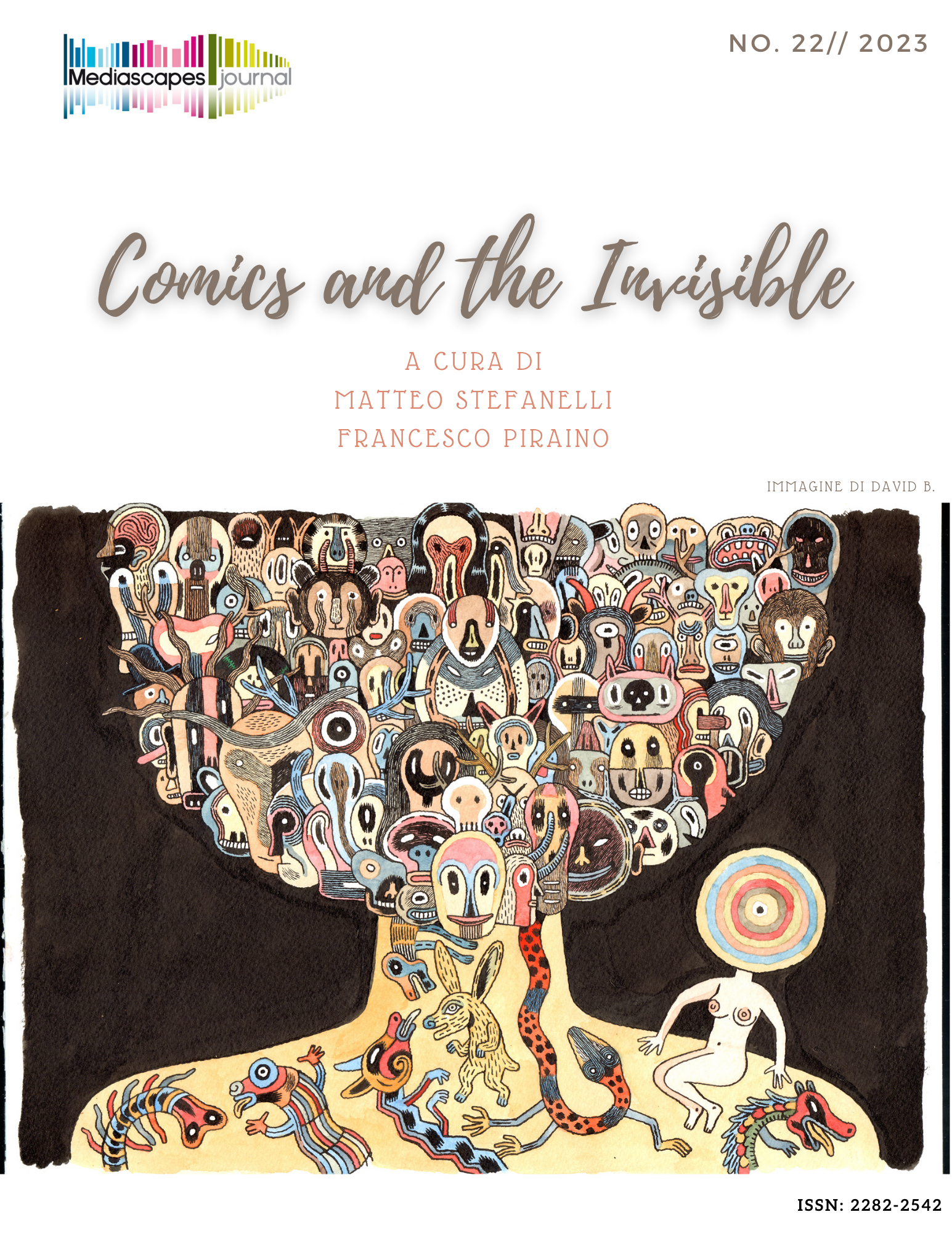Spirituality and Comics in Hugo Pratt, Alan Moore, and David B.
Esotericism as “Unsettled Knowledge”
Keywords:
popular culture, comics, spirituality, esotericism, Hugo Pratt, Alan Moore, David B.Abstract
This article describes the artistic production and intellectual and spiritual life of three of the most important artists in the field of comics and graphic novels: Hugo Pratt, Alan Moore, and David B. These artists share a common interest in esotericism: they have participated in esoteric and alternative spirituality groups, and in their artistic works they reproduce esoteric symbols, narratives, and doctrines. Scholars in religious studies have already described the connections between contemporary art and esotericism, arguing that artists are “spiritual seekers” who represent their spiritual quest. This article goes beyond such a perspective by describing how esotericism has changed in contemporary societies and, in particular, within the frame of comics and graphic novels. Esotericism is generally understood as a “rejected”, “absolute”, and “stigmatised” form of knowledge, characterised by elitism and secrecy. The esotericism of these artists (both in their life and in their artworks) is not “rejected”; on the contrary, it has become mainstream, with best-seller publications and museum exhibitions. Furthermore, it is not “absolute” or “hidden”; rather, it reveals doubt and deconstructs religion and spirituality, sometimes even challenging or mocking them. For these artists, esotericism is a form of “unsettled knowledge”, a never-ending quest for transcendence and a means of learning about the unconscious and humankind. It finds its legitimisation in religious texts, revelations, and religious movements, but mainly in the power of storytelling. This article argues that the blurring between reality and narration does not imply a process of disenchantment, nor a “hyper-religion”, instead representing another form of spirituality in contemporary societies. Finally, this “unsettled knowledge” is also unsettling for the reader, who is challenged by these artworks and finds in them wondrous, dazzling, and dreamlike experiences.
Downloads
Published
How to Cite
Issue
Section
License

This work is licensed under a Creative Commons Attribution 4.0 International License.
Mediascapes Journal is published under a Creative Commons Attribution Licence 4.0.
With the licence CC-BY, authors retain the copyright, allowing anyone to download, reuse, re-print, modify, distribute and/or copy their contribution. The work must be properly attributed to its author. It should be also mentioned that the work has been first published by the journal Anuac.
Having published these contributions for the first time, Mediascapes Journal will have the right to publish them integrally or partially as reprints or possibly as part of a thematic issue, in both digital and printed format.
It is not necessary to ask further permissions both to author or the journal.


